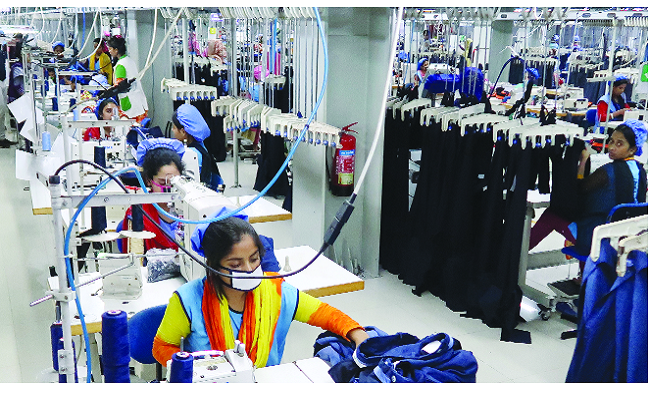

TBT Desk: Bangladesh's apparel exports are making promising inroads into non-traditional markets, including Japan, Australia, and India.
According to recent data from the Export Promotion Bureau (EPB), exports to Japan rose by 6.27%, Australia by 6.07%, and India by an impressive 18.70% in the first seven months of the current fiscal year compared to the same period last year.
Non-traditional markets for Bangladesh's ready-made garments (RMG) include Japan, Australia, India, Turkey, Brazil, China, Russia, South Korea, the UAE, Mexico, Malaysia, Saudi Arabia, South Africa, New Zealand, and Chile.
Industry insiders believe these emerging markets hold significant potential for Bangladesh's apparel exports.
However, tapping into these markets requires in-depth research into local consumer preferences and fashion trends. Understanding which products have the highest demand in each country will be key to strategic production and market penetration.
Additionally, Bangladesh must leverage competition and opportunities to establish a strong and sustainable foothold in these regions.
EPB data reveals that exports to Australia in the first seven months of the current fiscal year reached $512.88 million, up from $483.52 million in the same period last year. In India, exports surged to $427.62 million from $360.26 million. However, exports to Russia declined, with earnings falling from $209.84 million to $184.81 million.
Japan remains Bangladesh's top non-traditional apparel market, offering competitive prices for high-quality garments. Between July and January of the 2024-25 fiscal year, apparel exports to Japan reached $721.50 million, compared to $678.95 million in the previous year.
Turkey has emerged as one of the fastest-growing destinations for Bangladeshi garments. Exports to Turkey soared by 37.69%, rising from $191.06 million in the previous year to $263.08 million this year. Similarly, Mexico saw a 27.82% increase, with exports reaching $208 million, up from $163 million.
Other notable growth markets include - Brazil: Up 31% to $110 million from $84 million; South Africa: Up 8% to $67.39 million from $62.12 million; Chile: Up 10.56% to $92.35 million from $83.53 million.
Despite this expansion, some non-traditional markets saw declining exports, including Russia, South Korea, China, the UAE, Malaysia, Saudi Arabia, and New Zealand.
Mahmudul Hasan Rubel, former director of the Bangladesh Garment Manufacturers and Exporters Association (BGMEA), highlighted the shifting dynamics of global trade, which could benefit Bangladesh. "If we can enhance our production capacity and invest in backward linkages, we can further strengthen our apparel export growth," he stated.
As global trade patterns continue to evolve, Bangladesh's focus on diversifying its export destinations beyond traditional Western markets could be crucial in ensuring sustained growth for its apparel industry.

